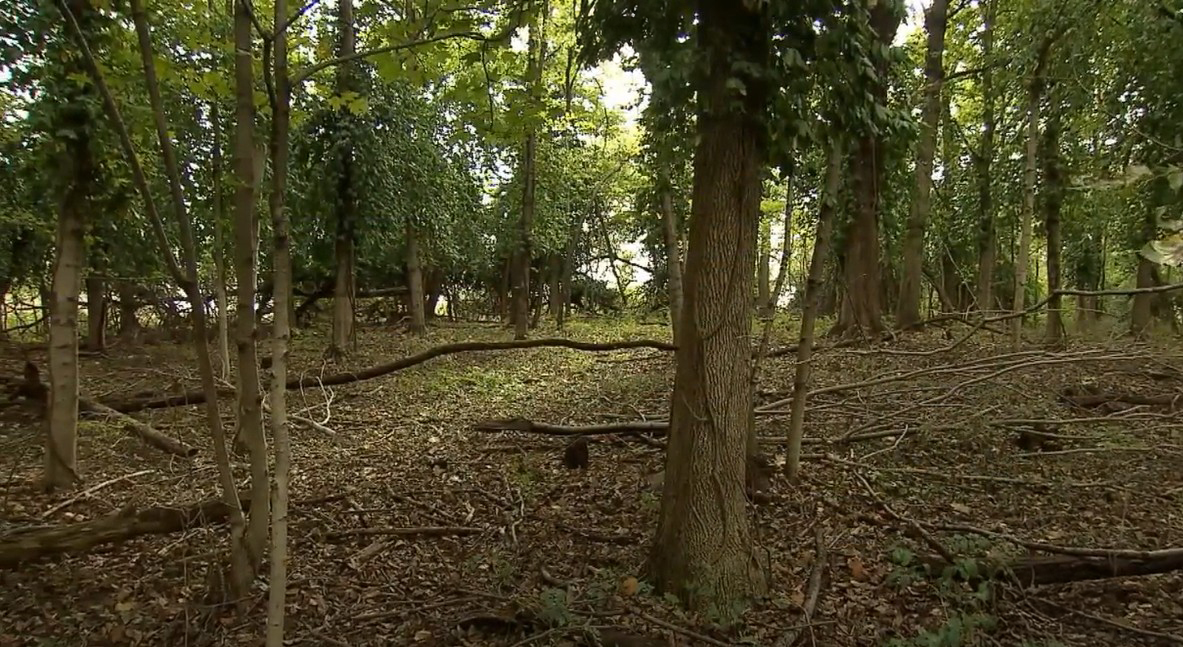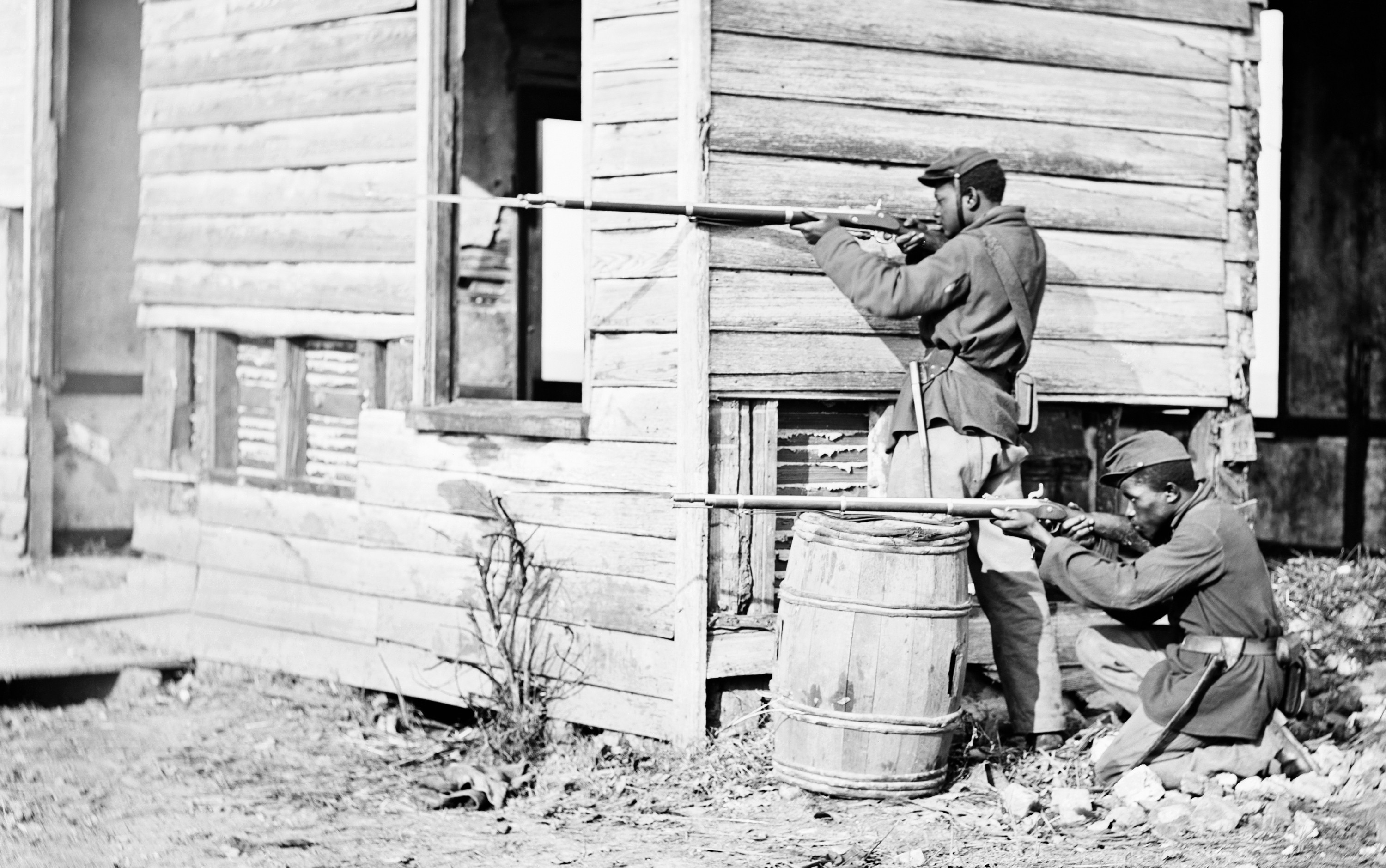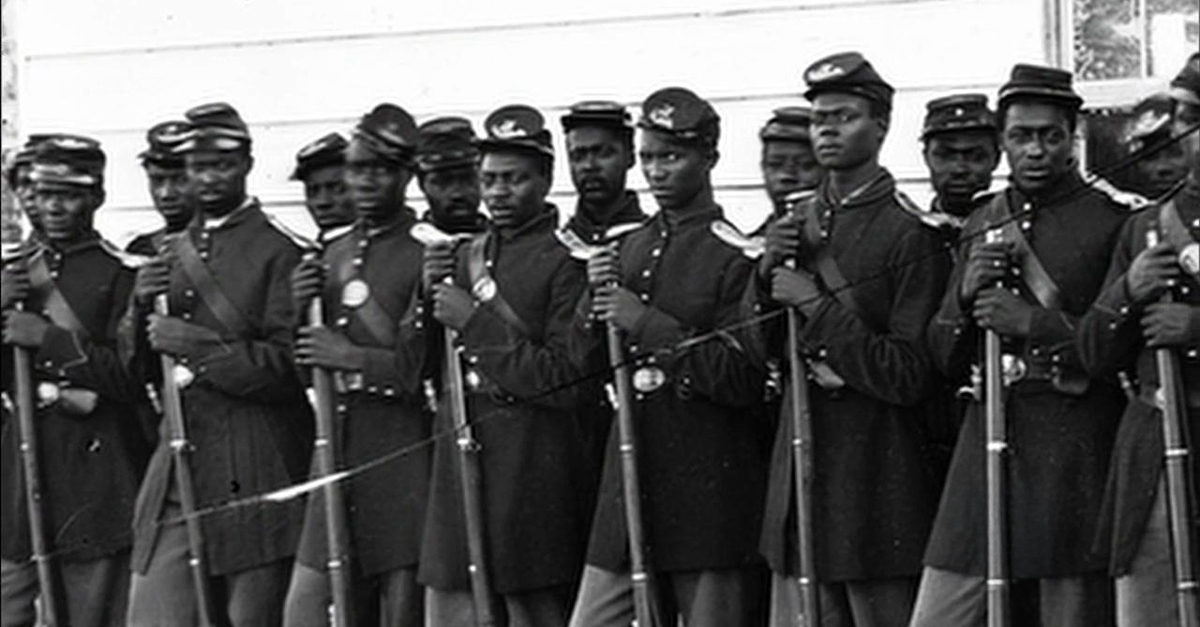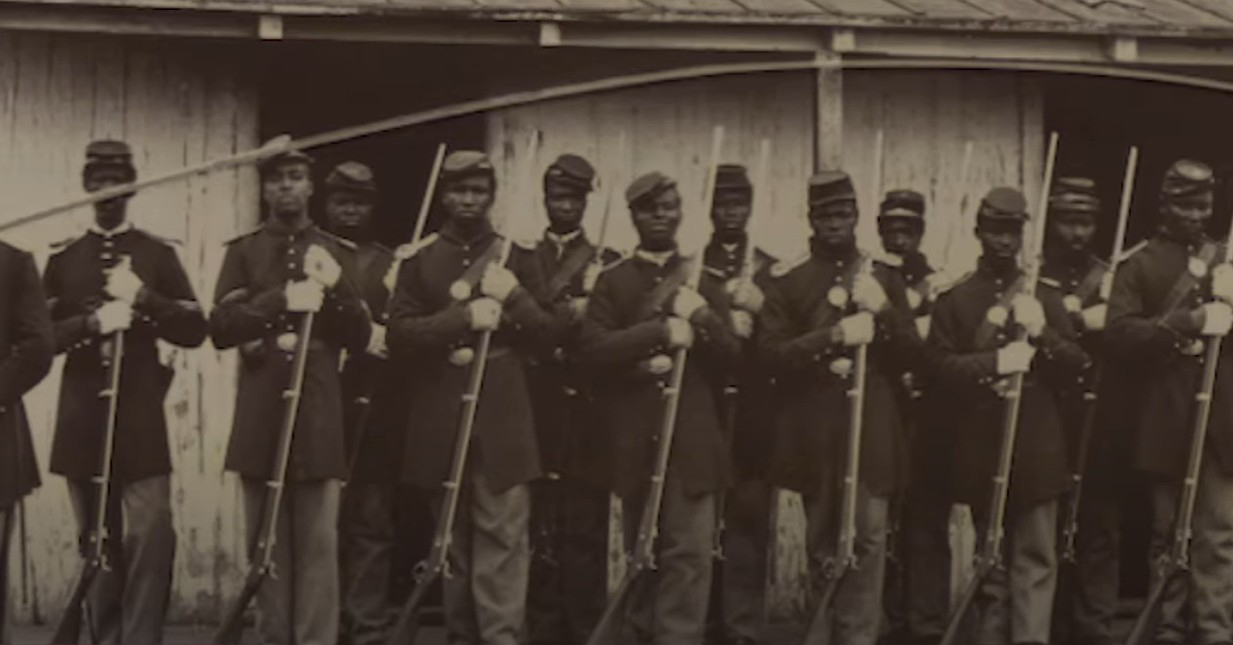In 2025, archaeologists researching the Civil War history of Kentucky found what may be two mass graves near Simpsonville. The sites are thought to hold the remains of over twenty Black Union soldiers, ambushed and cut down by Confederate guerrillas in January 1865. The disturbing findings illuminate a little-known episode of racial violence in the final months of the war.
The Simpsonville Ambush
On January 25, 1865, a wagon train of Black Union soldiers from the 5th United States Colored Cavalry was traveling near Simpsonville. The men were returning from delivering supplies when Confederate guerrillas launched a surprise attack. At least 22 soldiers were killed, many of them after they had already surrendered. These men were unarmed and caught totally off-guard by the sudden outburst of violence. The event was essentially a massacre.
 The 5th U.S. Colored Cavalry | Kentucky Life | Kentucky Educational Television, YouTube
The 5th U.S. Colored Cavalry | Kentucky Life | Kentucky Educational Television, YouTube
Guerrilla Warfare In Kentucky
By early 1865, Kentucky was rife with Confederate guerrilla activity, even though it had remained in the Union. As the Confederacy collapsed, guerrilla fighters increasingly targeted Black troops, viewing them as symbols of the Union’s transformation. These irregular forces operated without formal military structure and were often brutal in their tactics, especially toward African American soldiers and civilians.
The Role Of The 5th U.S. Colored Cavalry
The 5th United States Colored Cavalry was composed mostly of former slaves who volunteered to fight for the Union. These men carried out military operations and served in logistical roles like guarding supply lines. Their presence in Kentucky was strategic and symbolic. They represented Black agency and the promise of freedom from slavery in a deeply divided state.
 Unknown authorUnknown author, Wikimedia Commons
Unknown authorUnknown author, Wikimedia Commons
New Discoveries Spark Renewed Interest
Archaeologists working with local historians pinpointed two separate sites near Simpsonville containing the telltale signs of a Civil War-era mass burial. Ground-penetrating radar revealed irregularities in a wooded area next to a soybean field, supporting the stories passed down from generation to generation. Further digging and analysis is still going on, but the early indications suggest these are the final resting places of the slain soldiers.
Why The Graves Matter
These graves represent an unpleasant chapter in Civil War annals. While the Simpsonville massacre was written up in period reports, it fell out of mainstream historical memory. The discovery of the graves re-establishes a tangible connection to the soldiers’ sacrifice and testifies to the racial violence many Black troops faced while serving the Union cause.
The Challenge Of Identifying Who Was Who
Nailing down the identity of the remains will be a challenge. Most of the men were never given a formal military burial, and records of the incident are few and far between. DNA testing and forensic analysis could help, but researchers will also rely on contemporary military records, and any personal letters they can find to ascertain the identities and stories of the fallen.
Efforts To Memorialize The Dead
While there is a small memorial nearby with the headstones of the fallen, the discovery brought calls for the remains to be reburied with full honors at a military cemetery. Local organizations, Civil War heritage groups, and descendants of Black soldiers are working hard to ensure that the tragic incident is not forgotten. Plans for historical markers, educational programs, and public recognition are already in the works.
Historical Significance Today
The Simpsonville massacre and its aftermath are further proof of the racial divisions that went on even in Union-held states. But it’s also an opportunity to honor the courage of Black soldiers who risked it all to gain their freedom. Their story is essential to understanding the full scope of America’s Civil War.
You May Also Like:
Honorable Facts About Abraham Lincoln, America’s Most Tragic President
Archaeologists discovered a buried arsenal of US Civil War weapons in a riverbed in South Carolina.
The Incident That Turned John Brown Into A Crusader Against Slavery














